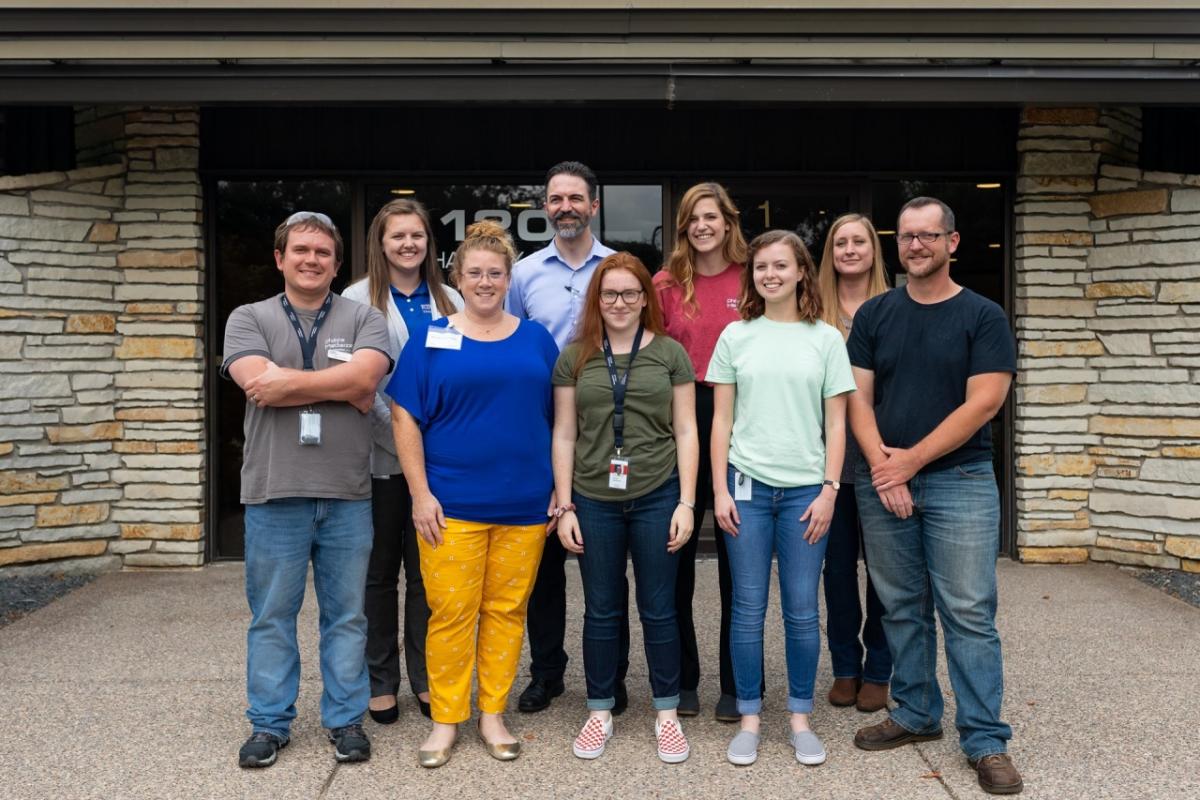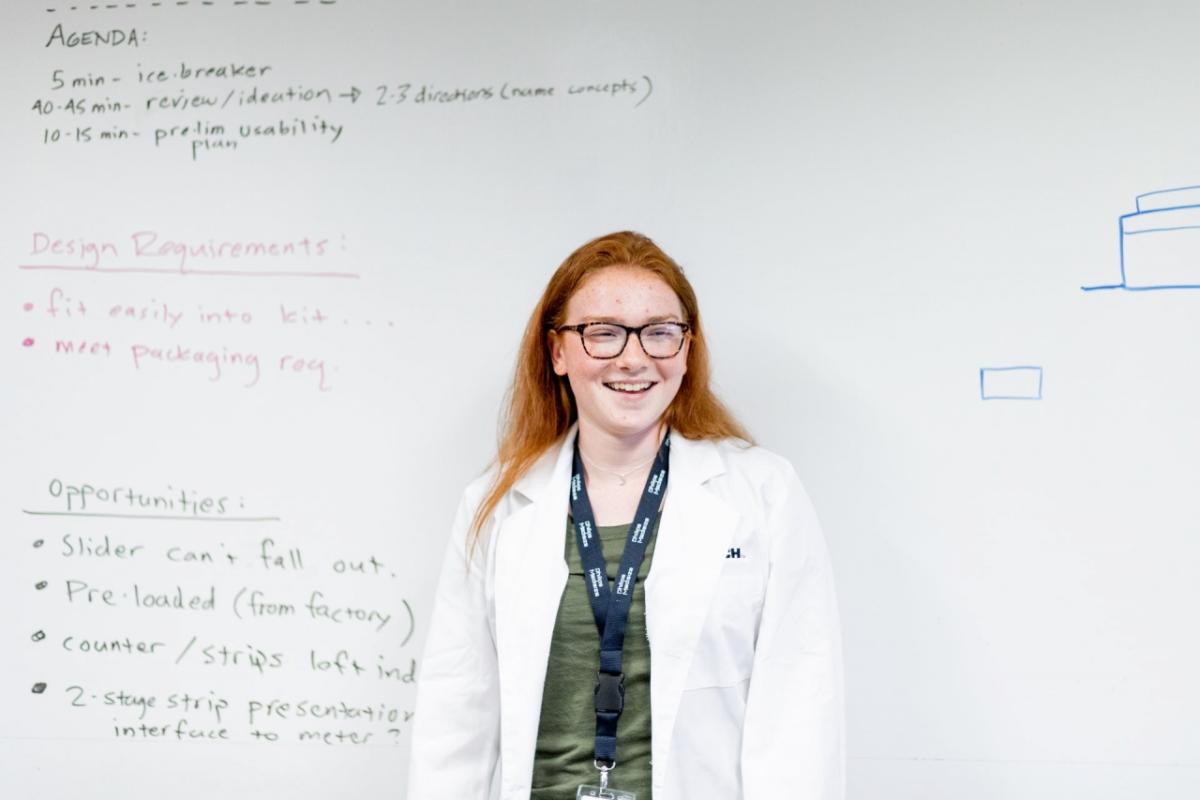Diabetes Technology Starts With the Heart
How one industrial designer uses empathy to create better products
Something was wrong. Morgan didn’t know what. But for weeks, she had been lethargic and sick. Minutes after arriving at the doctor’s office, she realized how serious it was – she had type-1 diabetes. At 13 years old, her life was forever changed. It would take less than a year for her life to change again – when she shared her diabetes invention, the Blood Glucose Test Strip Dispenser, with one of the people who makes the diabetes technology she needs to live.
But to hear it from Tim Parmer, senior industrial designer at Phillips-Medisize, the honor of meeting Morgan was all his.
“She has such a great attitude. I took a lot out of meeting and working with her,” said Parmer. “Morgan is a reminder that the most important quality a design engineer can possess is empathy. By putting myself in her shoes and others who have diabetes, I can understand their struggles and create products that can truly help.”
At Phillips-Medisize, a Koch company, Parmer and the rest of the Human Centered Design team have helped develop life-saving diabetes medical devices such as insulin pens, glucose meters, continuous glucose monitors, lancets and even packaging for the technology. It’s the type of work that Parmer has felt called to do.
“A lot of my classmates wanted to design cars, footwear and electronics. That’s needed too but it wasn’t what drew me to design,” Parmer explained.
“It was the idea that you could actually do something that made somebody’s life a little bit better or help them out in some way. That’s the part that’s always spoke to me. I think that is true for everyone here at Phillips-Medisize.”
Phillips-Medisize provides innovation, development and manufacturing solutions for health care delivery customers. Currently, Parmer and his team are working on ophthalmic projects for cataracts and intraocular lens implants, as well as intravitreal injections. But for Parmer, diabetes medical technology is of personal interest.
“Since I’ve been here, my father has been diagnosed with diabetes,” reflected Parmer. “It’s connected us in a whole new way. It was really helpful to be able to talk to him about different products and processes he could use.
“Everything about diabetes I’ve learned here,” he added.
And it’s easy to see why. Phillips-Medisize began working on diabetes technology in 1989 when it helped create diabetes meters that were distributed across North America. During the 1990s, diabetes medical devices made up 60% of the company’s portfolio. In total, Phillips-Medisize has developed more than 100 products that have aided tens of millions of people. It’s a rich history that has laid the groundwork for the future of diabetes tech. And it’s a future Parmer wants to be a part of.
“The type of work we do is very rewarding,” he added. “It’s that meaningful kind of work that has no glamour. But it’s what all of us want. I hope we get to continue to work on the future of diabetes tech. It’s been a really great experience and I can’t see doing anything else, anywhere else.”




